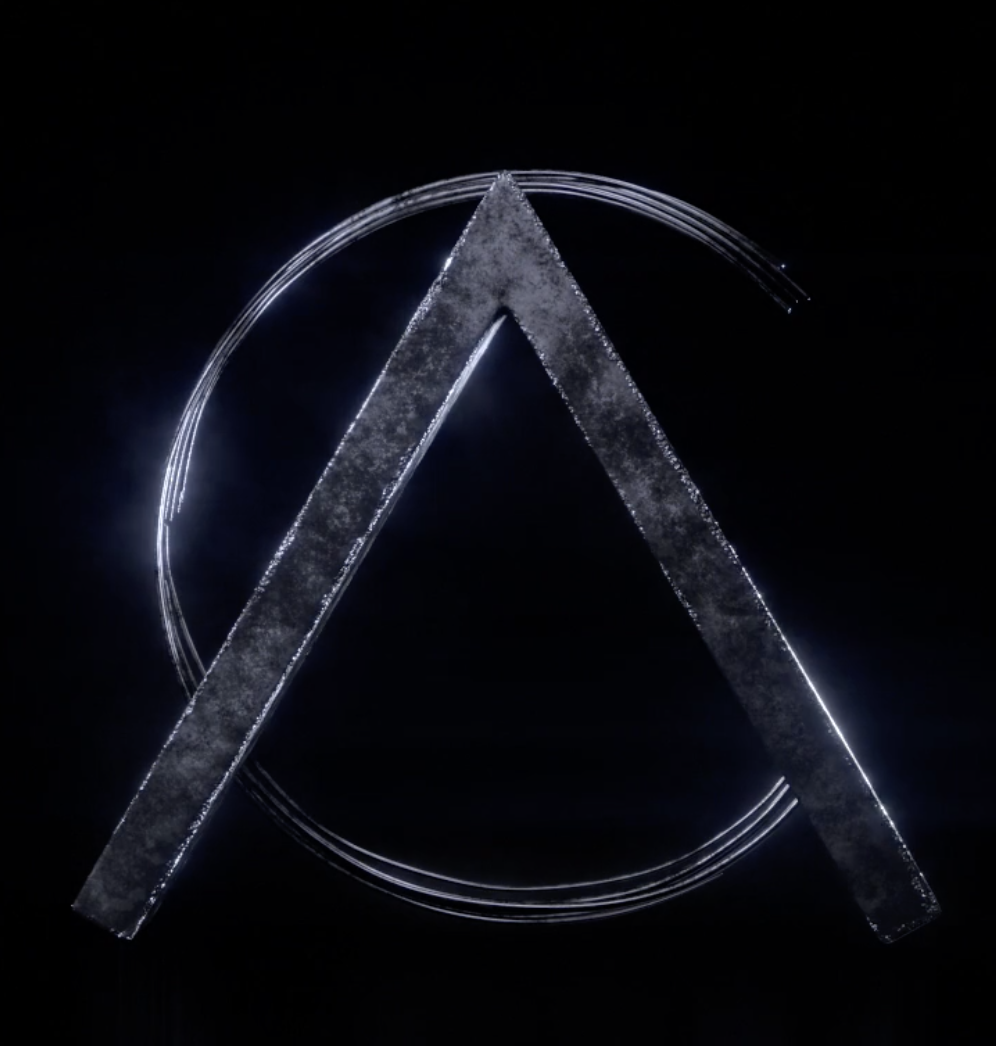Course Length: 40+ Hours
Instructor: Alex Hanneman (View IMDB)
Price: $549
Course Benefits
•This course includes email support, if you get stuck on a specific problem.
Normal response time is 2-4 days.
•This course includes 1 or 2 rounds of artistic feedback from the instructor
When you complete your shot, you can send the video and receive a round of notes.
NK606
NUKE Course: Advanced CG Compositing & Look Development
Course Description
This is an advanced CG Compositing course for Nuke with numerous levels of complexity.
The course has been designed to simulate a standard visual effects studio pipeline - so you can get real experience compositing a shot like this. And, you get a great shot for your demo reel.
This course is over 40 hours of Alex compositing this shot - from scratch - and explaining to you his process.
The class starts with general artistic theory - and then moves into various methods on how to repeatably apply these principles. This ensures you not only understand the art foundations underneath, but know how to structure and build a complex composite.
A great analogy for this class:
It’s easy to pick up a paint brush and make a few strokes on a canvas. This would not make a beginner painter an expert painter.
The expert painter understands how to angle the brush, how to see the image, and the methods and processes of iteration in order to get to the final result. In this class, we are using Nuke as our brush and canvas, and learning those methods.
Advanced VFX Compositing isn’t about nodes - you can learn those pretty quick. We are in the business of making compelling images. You need to understand how to see an image, develop it and iterate. This is the primary focus of this class.
The Instructor
Instructor: Alex Hanneman (View IMDB)
Alex has worked at globally at various well known VFX Studios such as Weta Digital, Industrial Light and Magic, MPC, Sony Pictures Imageworks, and Framestore.
Who is this class for?
-Individuals who already have an understanding of Nuke’s 2D and 3D system (the fundamentals) and want to learn to improve their artistic abilities. (These are found in NK101-NK505)
-Junior or Mid Level VFX Compositors
-Anyone wanting to simply practice with high quality VFX assets.
-Studios wanting to ‘level 'up’ their VFX Compositors, to be able to LookDev more effectively.
Topics Covered:
•Planning out VFX Shots •
•Controlling Detail in Highlights and Shadows
•Using Black Levels Artistically
•Making VFX Cheaper (And Better)
•Understanding Impressions V.S Reality (For the Viewer)
•Creating Value Contrast and avoiding Value Conflict
•Utilizing Color Contrast
•Using Simple Python Scripts to Speed up our Workflow
•Learning to iterate on a complex CG shot
•Controlling Scale
•Script Hierarchy, Modular Design, and Management
•Managing Script Assets
•Baking Complex Transforms on Multiple Planes
•Creating advanced patterns and forms
•Learning about silhouettes, forms, light and shadow
•Utilizing 3D matte painting workflows
•Overscan and Bounding Boxes management
•Using Motion Blur on many layers
•Secondary Grading
•Pinging Highlights and Creating Levels of Value
•Primary Grading
•Creating Light Sketches and Driving Comp Iterations
•Managing Complex Parallax, Changing Element Parallax
•Using Warps and Creative Tools to create complex forms
•Simulating Motion and Overlap
•Creating Complex Volume Rays
•Layering Complex Volume Rays
•Utilizing Depth Maps for complex layered fog
•Studying Reference and extracting the essence from them
•Understanding light direction
•Understanding light bounces, atmospherics, attenuation
•Edge Blending
•Understanding Material Properties
•Integrating 2D Elements and making them look 3D
•Using 2D Images for Texture Detail
•Creating Different Types of Complex Layered Glows
•Matte painting and Forcing Perspective
•Blending and Transition Points with Matte Paintings
•Detailed Color Integration with Matte Painting
•Matching Blacks and Shadows
•Utilizing pieces of an image to kitbash functional designs
•Taking 2D Images and Adding 3d Perspective, Depth, Layering
•Adding or removing texture detail
•Understanding asymmetry, value breakup, and randomness
•Balancing the overall exposure of a shot, layering contrast, and 'Contrast Sandwiching / Contrast Stacking'
•Understanding dynamic range, and the limitations of it
•Rotopainting, Sticky Projections, and Script Speed
•Using Daisy Chains, and Managing Pre-Comps
•Using Utility Passes to Create More Realistic CG
•Advanced methods for grading smoke and interaction
•Creating heat distortion
•Creating 2.5D effects (Trails, Flames, Plasma)
•Utilizing element libraries to design new effects (2d and 3d)
•Experimenting with LookDev
•Creating 2d Elements from Scratch
•Using Multiple Scripts to Speed up Workflows
•Creating fake light interaction
•Creating lasers, lightning, particle charges, and integrating them together
•Designing lens flares
•Creating advanced optical artifacts and optical techniques
•Compositing explosions
•Using advanced forced perspective
•Various Nuke Camera Projection Setups
•And a lot more other stuff!
Requirements:
•Time and patience. This is 40 hours long, it will probably take a few weeks of work to go through.
•Minimum 50 GB of Storage. You will be pre-comping, so you will need probably 100-200gb free as well.
•Nuke Non Commercial (Free), Nuke Indie, or Nuke License.
•Minimum of 16gb ram is recommended.


